Holiday in Whitby!
The Bram Stoker Tour
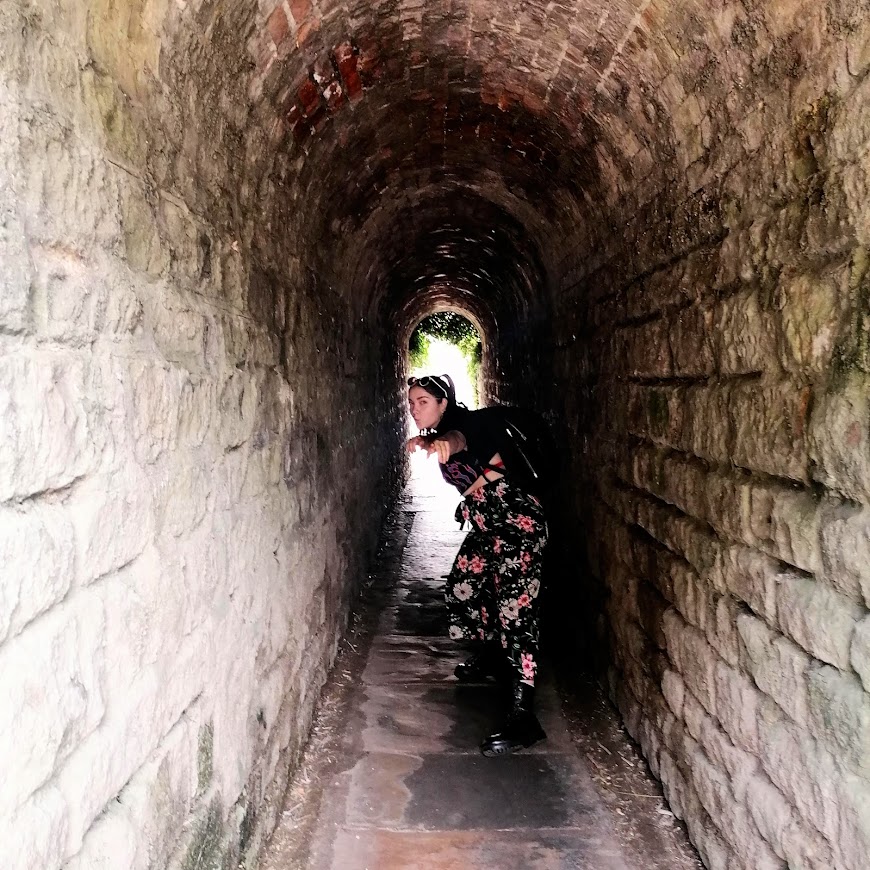
We started off with the Screaming Tunnel (the perfect place to expel the Monday blues, trust me).
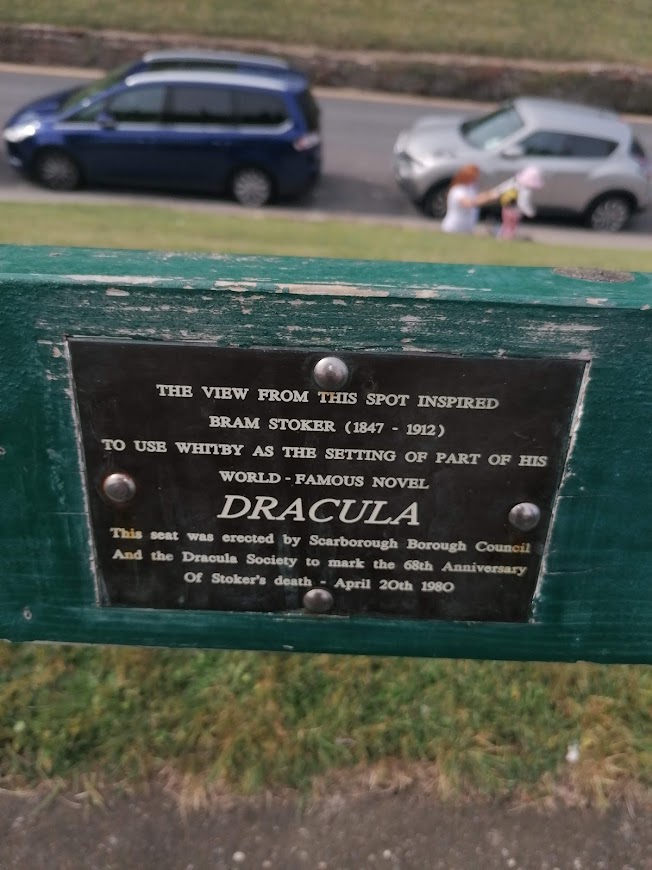
Then we moved up (directly up), to the hill where Bram Stoker first decided to use Whitby as the setting for Dracula.
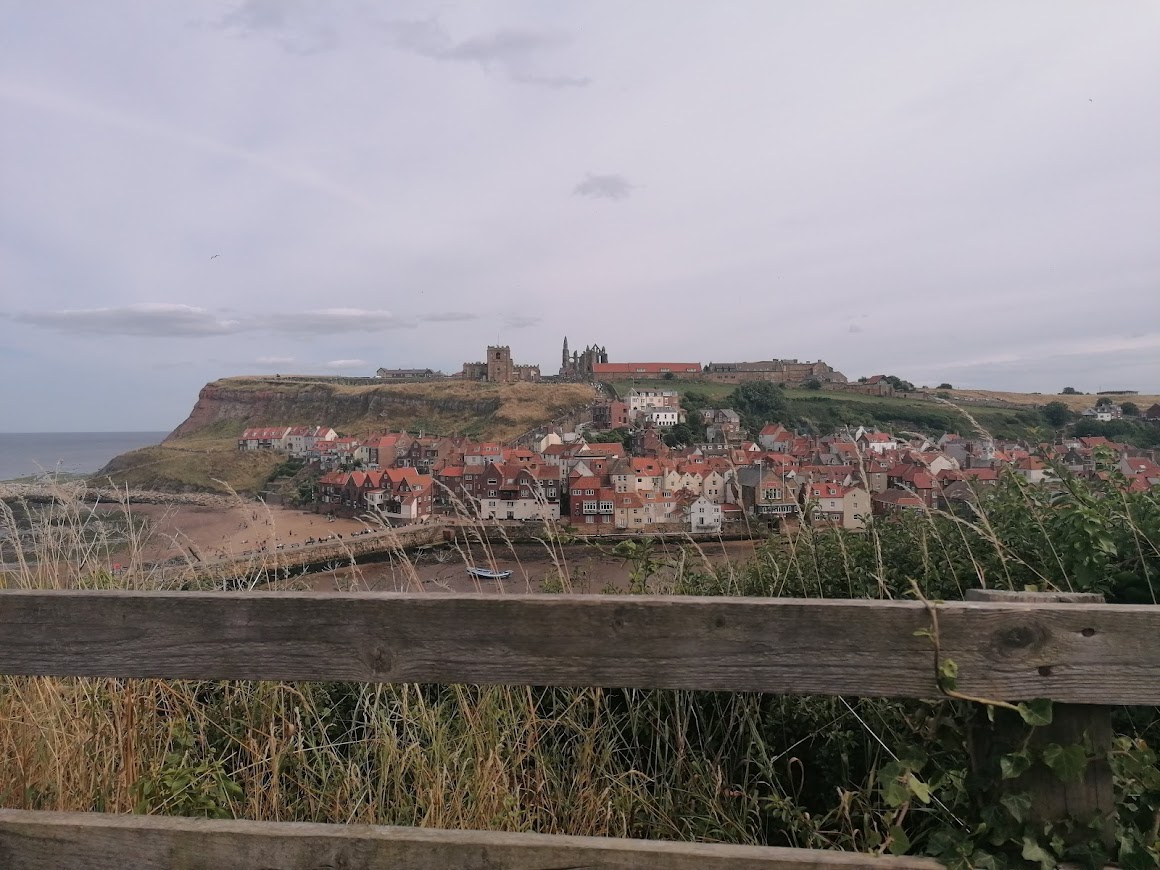
The view - if you're wondering. Which, on a stormy day, could certainly inspire Dracula.
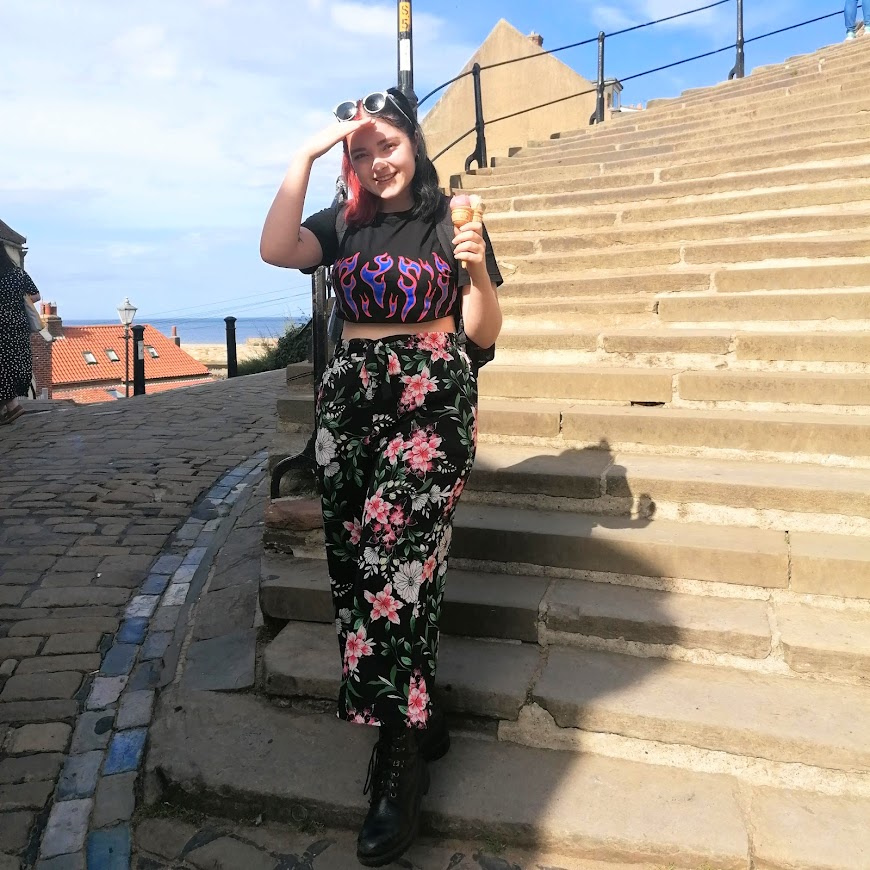
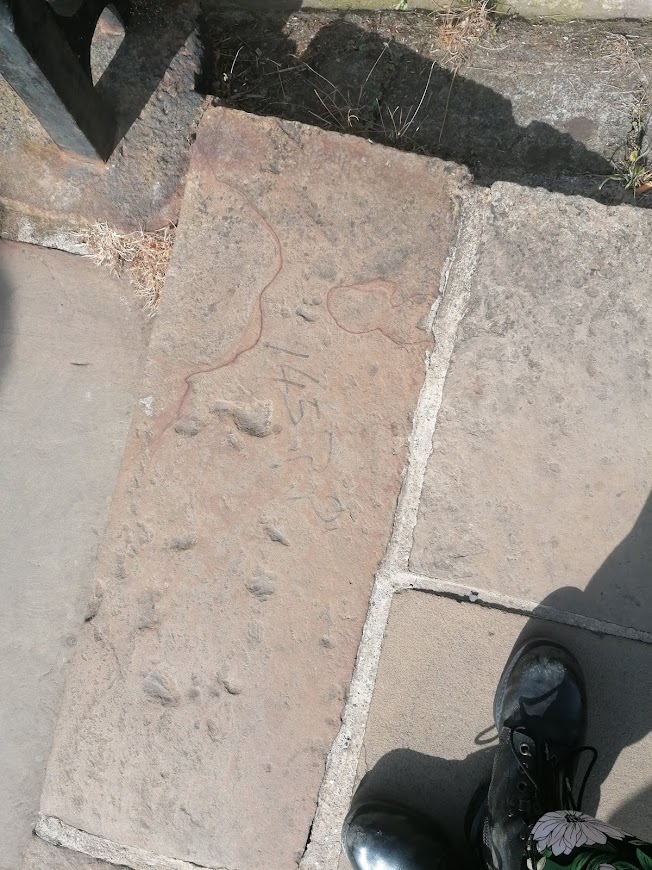
Then we moved across the bay, on up to the 199 Steps that Dracula ran up in the infamous Lucy chapter. (Yes, of course we counted them. Turns out there's a reason they're called the 199 Steps.)
Sidenote, we met the man who ran up the 199 Steps, 199 times.
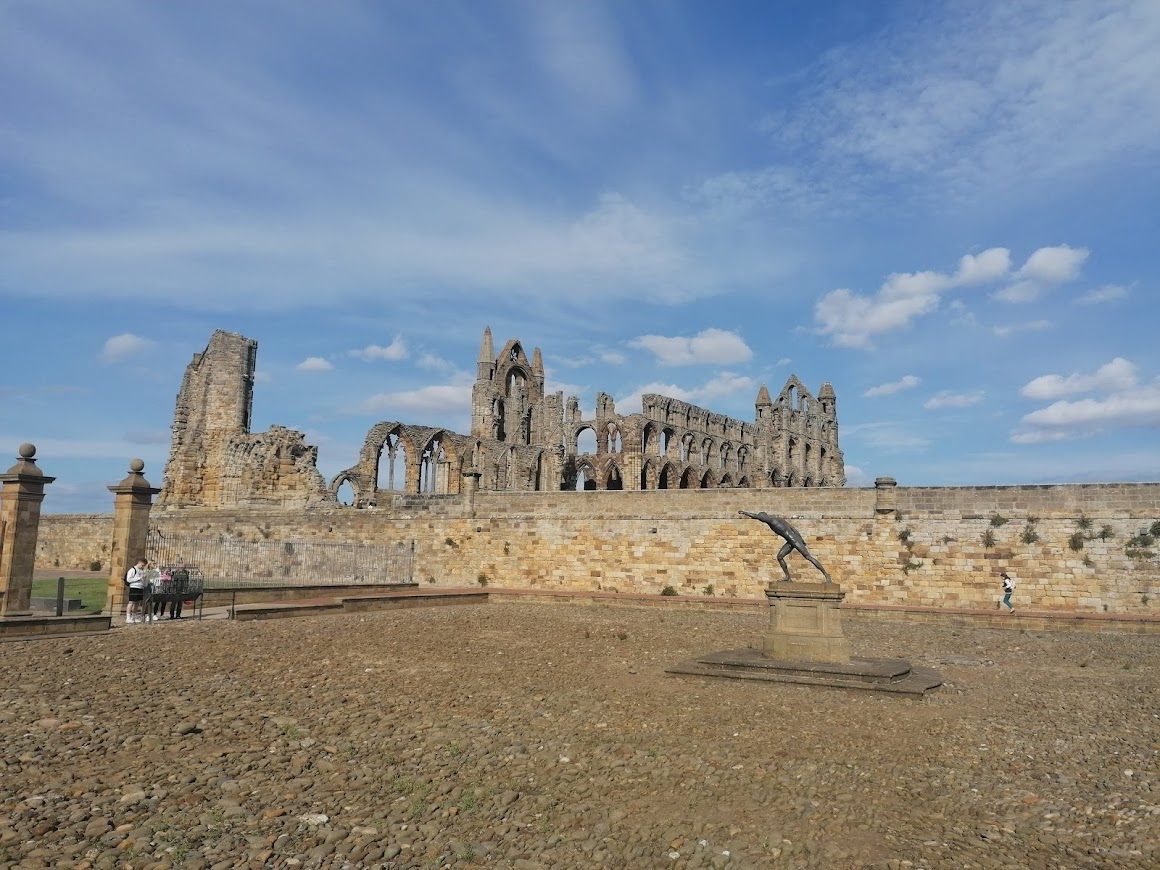
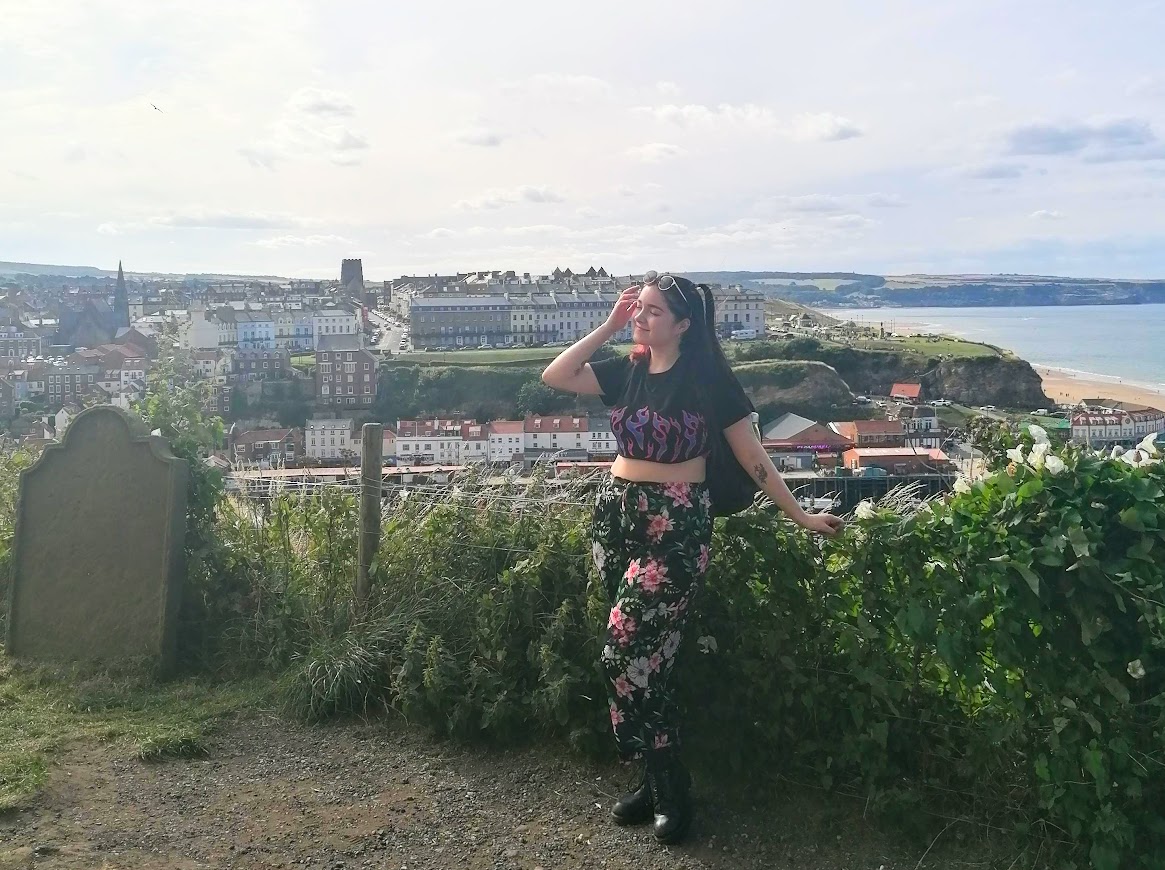
At the top of the steps, we explored the infamous St Mary's Church and graveyard where Stoker discovered the legend of the ghosts. When a sailor dies, a black horse and carriage race up the cliff to the graveyard where they were buried, and a council of dead sea-farers walk three times around their grave until the sailor rises and joins them down the cliff and into the sea.
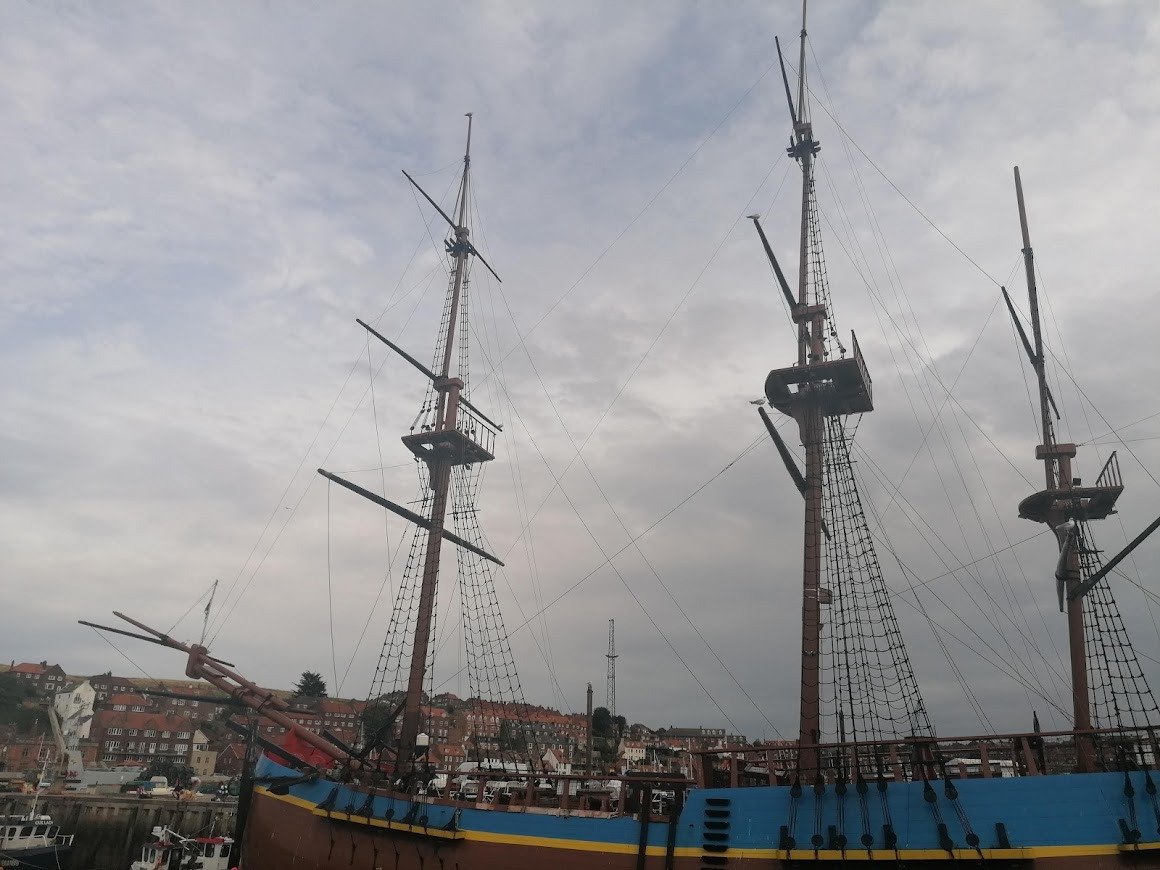
Dracula arrived into Whitby in a Russian ship called the Demeter, inspired by the real vessel, the Dmitry which likewise ran aground in Whitby.
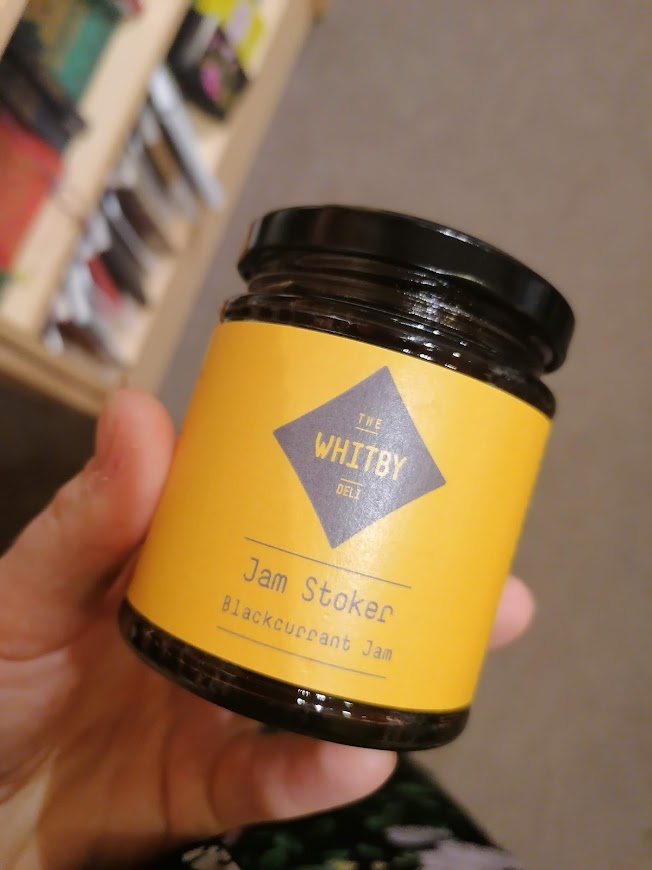
Before we joined the Ghost Tour of the evening, I found this while exploring the local shops. Still my favourite pun.
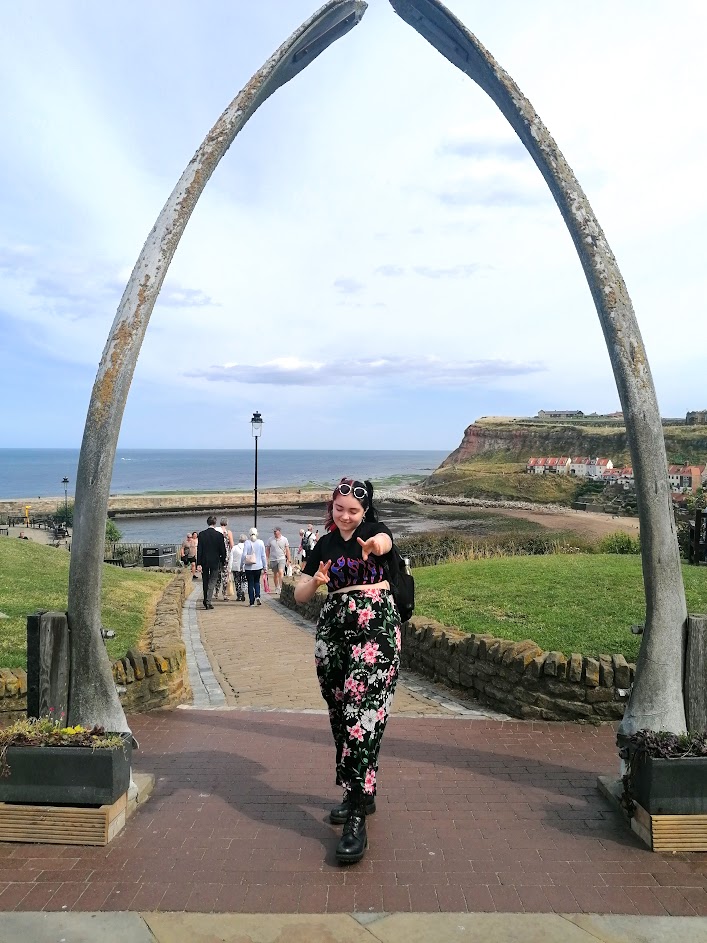
Back across the Bay, we waited under the Whalebone Arch (commemorative of Whitby's historic whaling history) for the notorious Ghost Tour of Whitby.
We found out later that there is a compass point on top of the arch which point exactly North. Unlike every other port in England which has a North and South side of the harbour, Whitby has an East and West side. If you sail straight out of Whitby Bay, there is nothing between you and the North Pole.
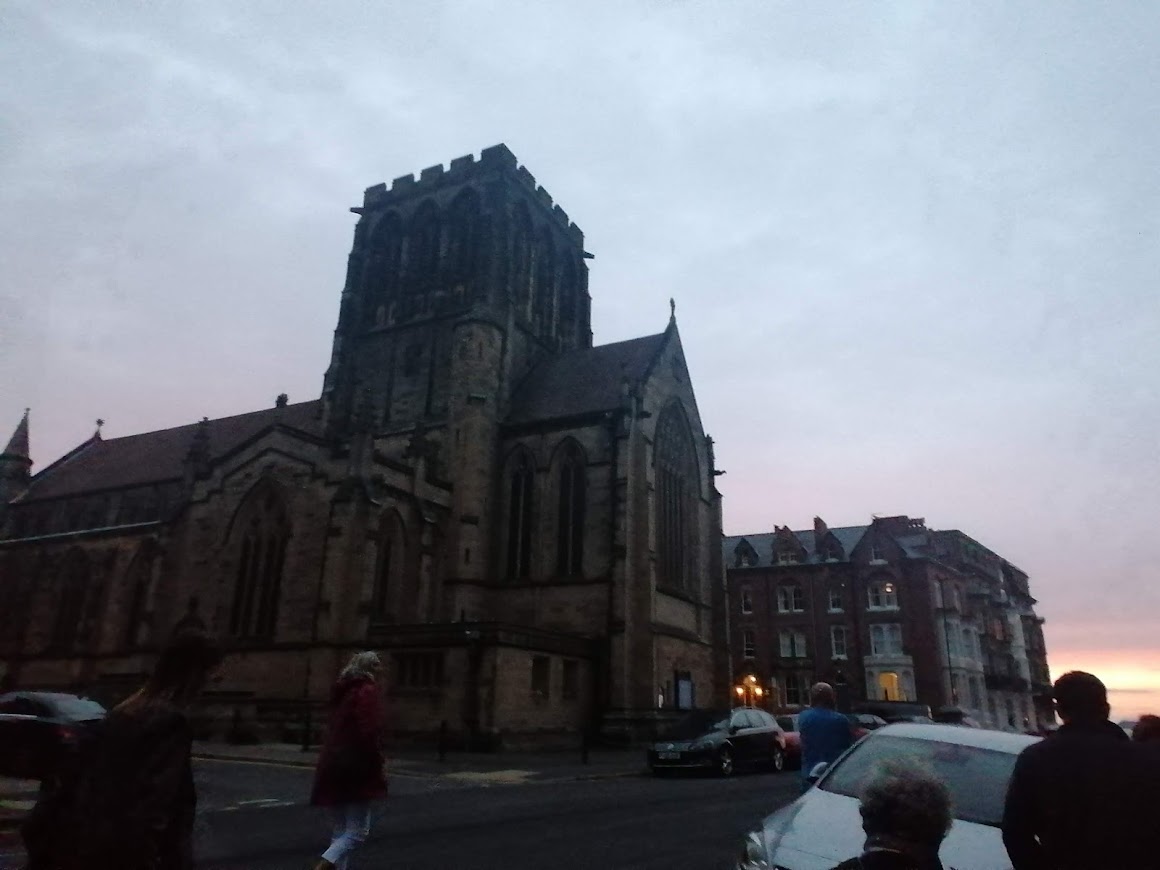
One of the most interesting stops on the Ghost Tour was this church. A tribe of harmless bats used to live in the rafters and could sometimes be seen flying around the tower - they would certainly have been seen by Stoker who was staying in a hotel opposite.
Unrelatedly, if you've ever been to Whitby you'll have some sympathy for how bold, numerous, and hellish the seagulls living there are. Young seagulls (about 10 inches long), it turns out, have a habit of tapping on windows at night, mistaking their reflection for an adult seagull and expecting food.
In a stroke of creative licence, Stoker married the two and created a bat that grew to the size of a seagull and tapped at the windows of Lucy and Mina Harker. It was because of this that the demonisation bats grew in popular media.
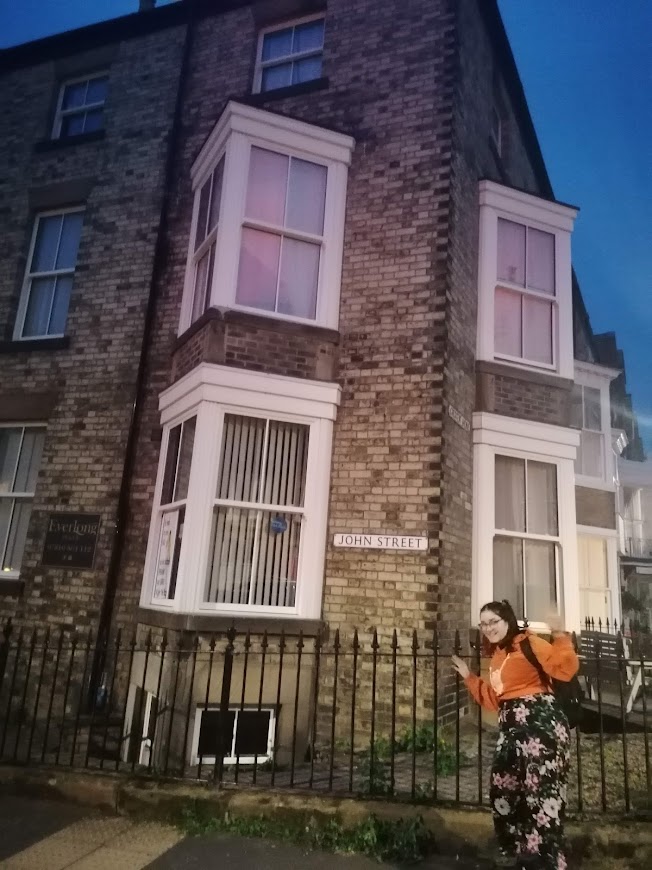
While developing this network of streets, George Hudson paid Whitby builders by street. Cunningly, the builders slapped a new street name on either side of the street and rolled in twice the profit.
This building pictured above, however, is especially poignant because it's where Lucy and Mina stayed in their Whitby chapters in Dracula.
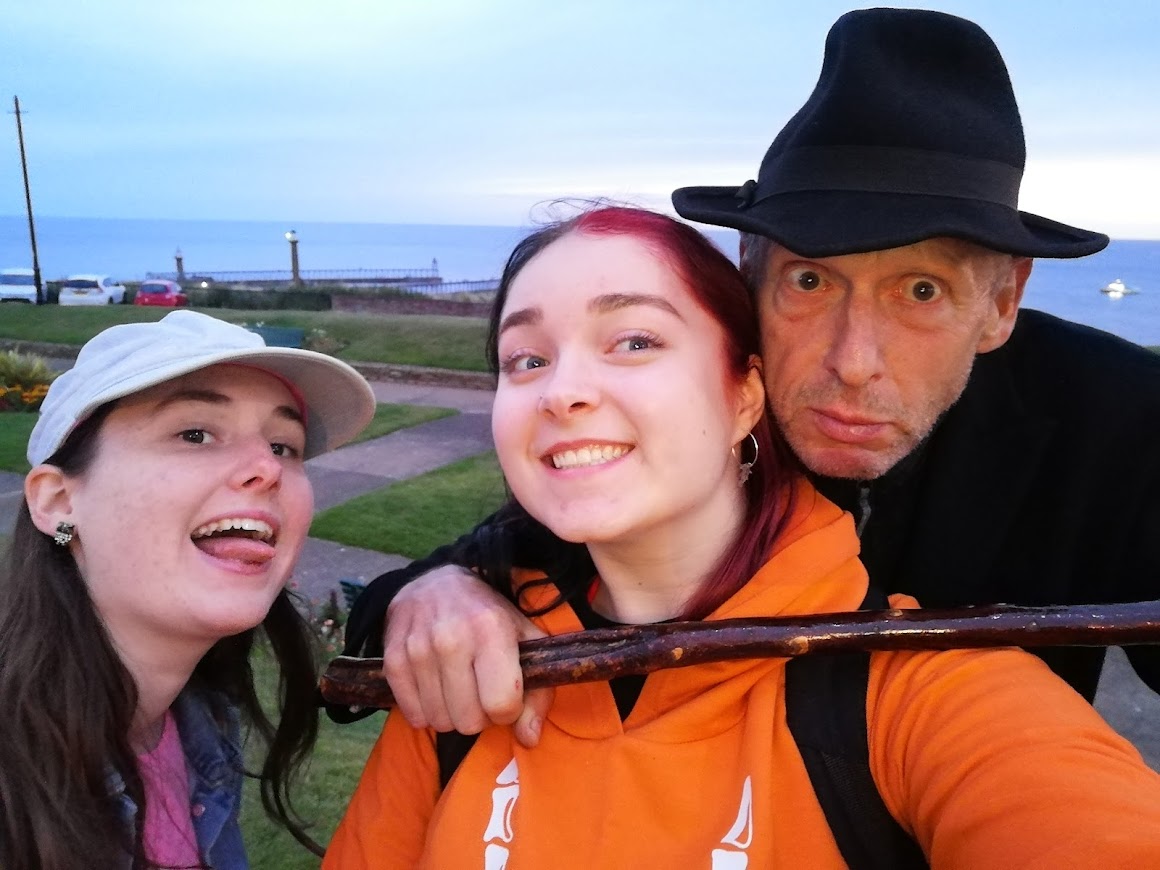
Finally, here's our selfie with the Ghost Tour guide (and the very same man who ran up the 199 Steps, 199 times).
